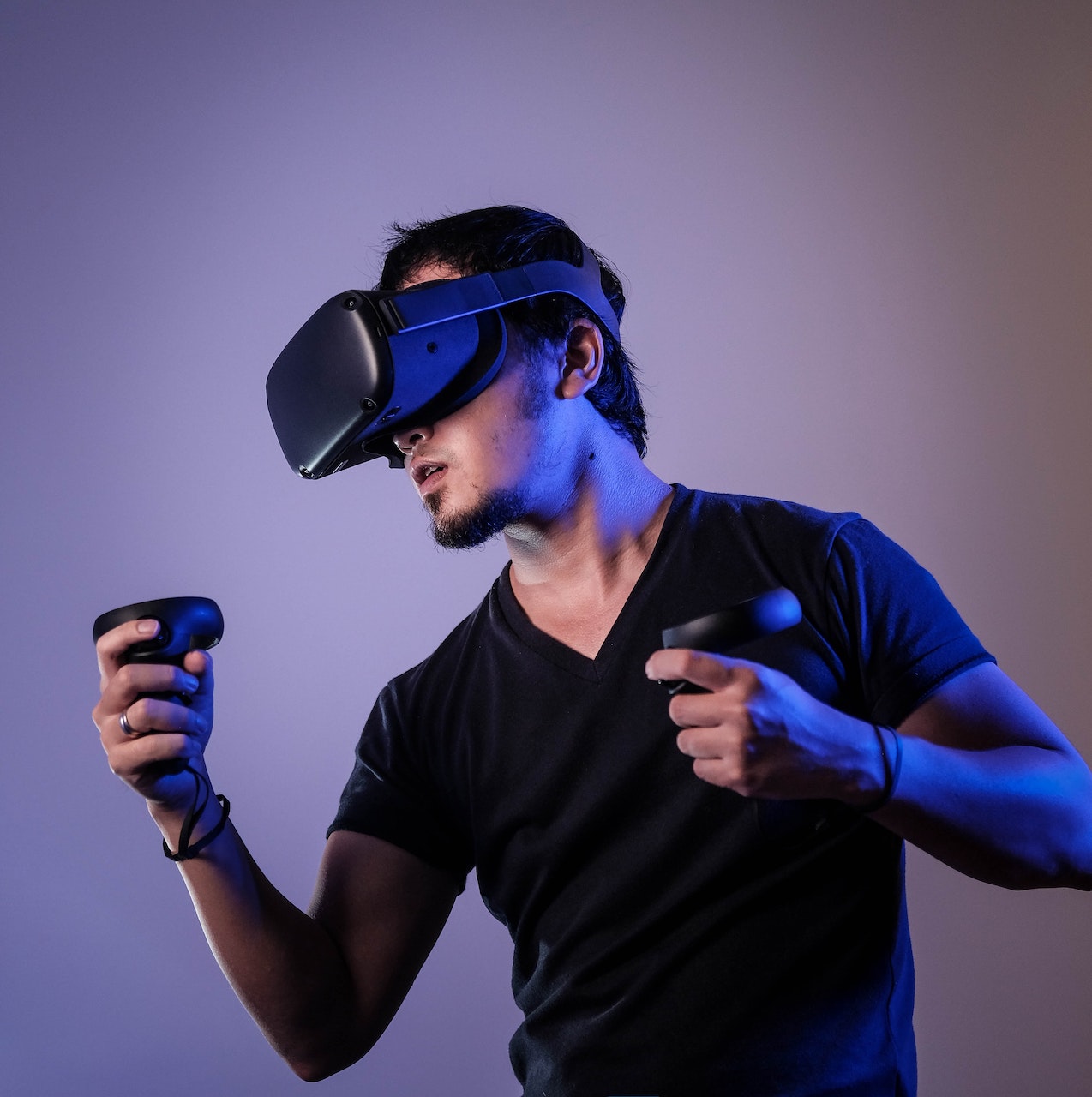The pandemic has put a lot of parents across the country into a very difficult situation. School closures and the move to virtual learning has left their children listless and unengaged. But beyond their schoolwork, an even bigger issue is brewing: kids just can’t spend time with each other.
Even in places where a hybrid model has been adopted, students eat lunch at desks six feet apart, they don’t have recess, and group work is essentially out of the question. While we may have figured out how to safely teach children math, science and English, social and emotional learning has all but halted. It’s no surprise that children’s anxiety levels are through the roof. Without social outlets in their formative years, they’re struggling for contact, contact with their friends, contact with their educators, and contact with people in general. It’s a daunting task when all efforts must be taken to slow the pace of a deadly disease. Fortunately, technology’s ever-hastening pace has provided some very interesting solutions to this lack of connection.
To understand how profoundly technology has changed our lives, I find it easiest to look back in time. You go back a little over ten years to 2010 and what kind of world do you find yourself in? It was a world without Chromebooks in every classroom, a world without Teslas and iMessage and Uber and even Minecraft. In fact, the peak of consumer technology was the original iPad. We’ve come a long way since then.
In the midst of a global pandemic, the rate at which we’ve found ways to stay connected is remarkable. I’m not sure virtual school was even fathomable at the scale we saw it roll out in 2020 back in 2010. But even with services like Zoom and Google Meet helping provide that social link to the outside world, in early 2021 we are still relegated to communicating through tiny little windows on our LCD screens. So what’s next?
Looking at how the world has changed in the past may give us some hint as to what’s to come next, but, despite what many a soothsayer and stockbroker may tell you, the future is wildly unpredictable. Even still, after months of immersing myself in the world of Virtual Reality technology, I may be a little more receptive when an old seer on the streets warns me to “Beware the ides of March.” What blew me away about virtual reality is how much has been accomplished in the field in such a small amount of time. Much like how I was blown away by the first iPhone, donning the goggles for the first time made my mind race with the possibilities. Before me was a world constructed by techies and coders and artists, meticulously crafted to an extraordinary level of detail. Right at my fingertips were menus where I could pull up all sorts of things: planets, animals, trees, it was the instant access of the internet dialed up to eleven.
But more surprising than any of that, was, for the first time in a long time, I felt like I was in a room with other people. I felt a connection that was severely lacking in my quarantined, work from home lifestyle. And that’s when I understood just how great of a tool this could be for children who are disengaging from their lives, virtual or otherwise. I saw an opportunity to connect, not as a 2D image on a screen, but in a fully realized world, without having to worry about the complications of the pandemic. The strides that companies like Ready Learner One have taken to make virtual reality accessible and understandable only leave me asking one question: why haven’t I heard of them sooner?
I don’t know for certain that Virtual Reality will be the next iPhone. But after learning the nuance of the industry, and it’s applications not just in learning but in major fields like the automotive industry, the medical industry, the entertainment industry, and so many more, it’s hard not to have the excitement of a child playing with that simple Zippo app on my first iPod Touch.






